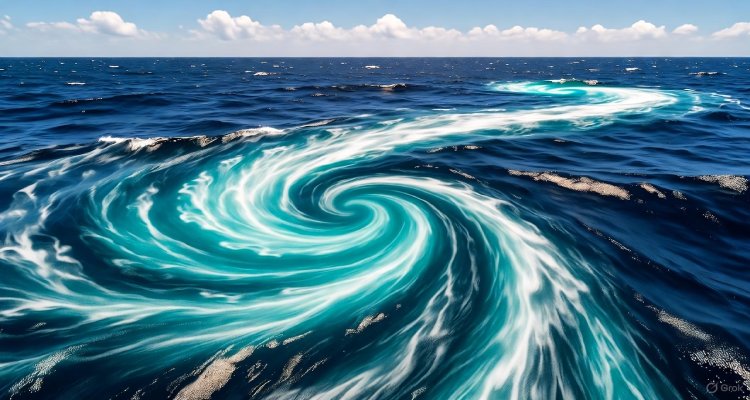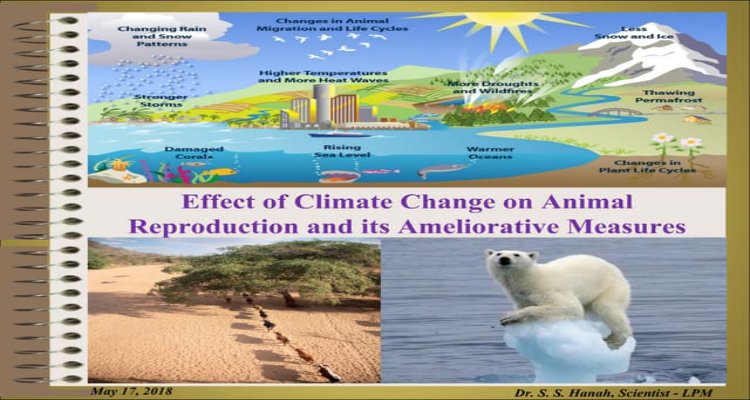How Climate Change Is Making Animals Change Color
Climate change is driving animals to change colors, causing mismatches with their environment that threaten survival and biodiversity worldwide.
Introduction: The Changing Palette of Nature
Around the world, climate change is reshaping habitats and ecosystems in profound ways. A striking but less obvious impact is how it is altering the coloration of animals. From the Arctic’s snowshoe hares losing their winter-white coats to insects adjusting pigment to deal with shifting temperatures, this color change phenomenon reveals how deeply climate disruptions touch wildlife survival strategies.
Context & Background: Nature’s Colors as Adaptations
Animal coloration serves critical roles such as camouflage, warning predators, social signaling, and temperature regulation. Many species have evolved colors matched to their habitats and seasonal cycles, allowing them to hide from predators or attract mates effectively. In cold, snowy environments, animals like hares, weasels, and ptarmigans develop white winter coats to blend into snowy landscapes. Other species use pigmentation to absorb or reflect heat, aiding in thermoregulation.
However, climate change is disrupting these finely tuned color adaptations. Rising temperatures, shrinking seasonal snow cover, and altered timing of seasons are creating mismatches between animals’ coat or feather colors and their environments. Additionally, changes in habitat quality and pollution influence pigment availability and production.
Main Developments: How Climate Change Drives Color Changes
Scientists have identified several mechanisms by which climate change affects animal coloration:
-
Camouflage Mismatches: Arctic and temperate mammals that change fur color seasonally are now mismatched against disappearing snow cover due to warmer winters and less snowfall. This makes them more visible to predators, increasing mortality risks. For example, snowshoe hares and least weasels displaying white coats on bare ground suffer higher predation rates.
-
Temperature Effects on Coloration: Ectothermic animals (like butterflies and reptiles) adjust pigmentation to optimize temperature regulation. Climate warming may cause them to adopt lighter colors to reflect more sunlight, preventing overheating, or darker colors where conditions are cooler and drier to absorb heat better.
-
Pollution and Habitat Changes Impacting Pigment Sources: Many animals acquire pigments like carotenoids from their diet. Loss of natural habitats, urbanization, and chemical pollution reduce pigment availability. Studies show birds in polluted urban environments often have duller plumage due to lowered carotenoid intake.
-
Phenological Mismatches: Animal color changes are often triggered by photoperiod (day length), which is constant year-to-year. But climate change alters snow cover timing and vegetation cycles, creating mismatches where animals molt or change color too early or late relative to their surroundings.
Expert Insight and Public Reaction: Voices from Ecology and Conservation
Dr. Jill Zimova, a leading researcher on snowshoe hare color change, emphasizes the survival consequences: “When camouflage fails, predation rates soar, directly impacting populations. What we’re seeing is a growing evolutionary pressure on species to adapt faster than they historically have.” This mismatch is a tangible example of climate change’s direct threat to biodiversity.
Conservationists express concern that such rapid environmental changes exceed species’ adaptive capacities, potentially leading to local extinctions. Public awareness is growing as striking images of mismatched white hares on brown ground circulate in the media, prompting calls for urgent climate action and habitat conservation.
Impact and Implications: Looking Ahead
The color changes driven by climate change have cascading ecological effects. Increased predation affects population dynamics, which in turn influences food webs. Species incapable of adapting their coloration quickly enough face population declines or forced migration to cooler habitats.
Moreover, disrupted color signals may affect mating and social behavior, leading to reduced reproductive success. For humans, these changes indicate broader ecosystem instability, highlighting the urgent need for climate mitigation and tailored wildlife management strategies.
Conclusion: Nature’s Warning in Shifting Colors
The changing colors of animals serve as a poignant, visible signal of climate change’s far-reaching impact. From the Arctic to tropical regions, these shifts underscore the delicate balance between organisms and their environment. Protecting biodiversity in a warming world will require understanding such intricate adaptations and incorporating them into conservation policies.
Disclaimer: This article is based on current scientific research and aims to provide accurate information. As climate science evolves, interpretations may be updated.











